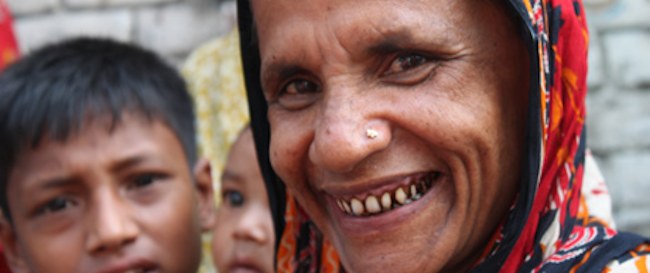Results at a Glance

Budgeting for Women (India, Nepal)
In Nepal, UN Women and the Ministry of Finance have improved tracking mechanisms and reformed existing budget forms and software such as the Budget Management Information System (BMIS) to track gender budgeting. As a result, gender budgets increased from 11.30 percent in fiscal year 2007/08 to 17.3 percent in 2009/2010
In India, many major ministries now analyze programmes to make them gender sensitive, and develop Gender Budgeting Statements to track expenditure and analyze how it benefits women. Some of these achievements can be attributed to the technical expertise provided by UN Women to the Government of India on gender budgeting.
In 2010, for the first time, the Reserve Bank of India brought together 70 bankers for trainings on gender-responsive budgeting and women’s credit needs.
Making Women Count (Pakistan, India)
For almost two decades UN Women has provided technical support in India, Maldives, Nepal and Pakistan to make women’s work visible. In Pakistan, it helped the Government collect comprehensive data on women during the 2008 Census. Along with the Population Census Organization, UN Women conducted orientation sessions for 1, 200 Census Managers and Administrators at more than 21 locations to emphasize the critical need to (a) make the Census process gender sensitive and (b) to involve more women enumerators.
Behind the provisional data for the 2011 Indian Census in March 2011 were the painstaking efforts of the Government of India to generate accurate data and information on women. The United Nations agencies and UN Women actively supported the Government of India to ensure that gender sensitivity was integrated in the entire Census exercise. UN Women helped capture the contribution of women’s work force to the economy. Technical expertise was provided to develop the gender strategy for the census data collection and to make questionnaires and instruction manuals more sensitive to women’s needs.
Our consultants also trained almost 2.5 million enumerators so that they could capture accurate data on work performed by women, especially in cases where they work from home or are not formally employed. Due to earlier efforts, the women’s work participation data in the Census showed an overall increase from 22.3 percent in 1991 to 25.7 percent in 2001 ensuring recognition for the efforts of 36 million women.